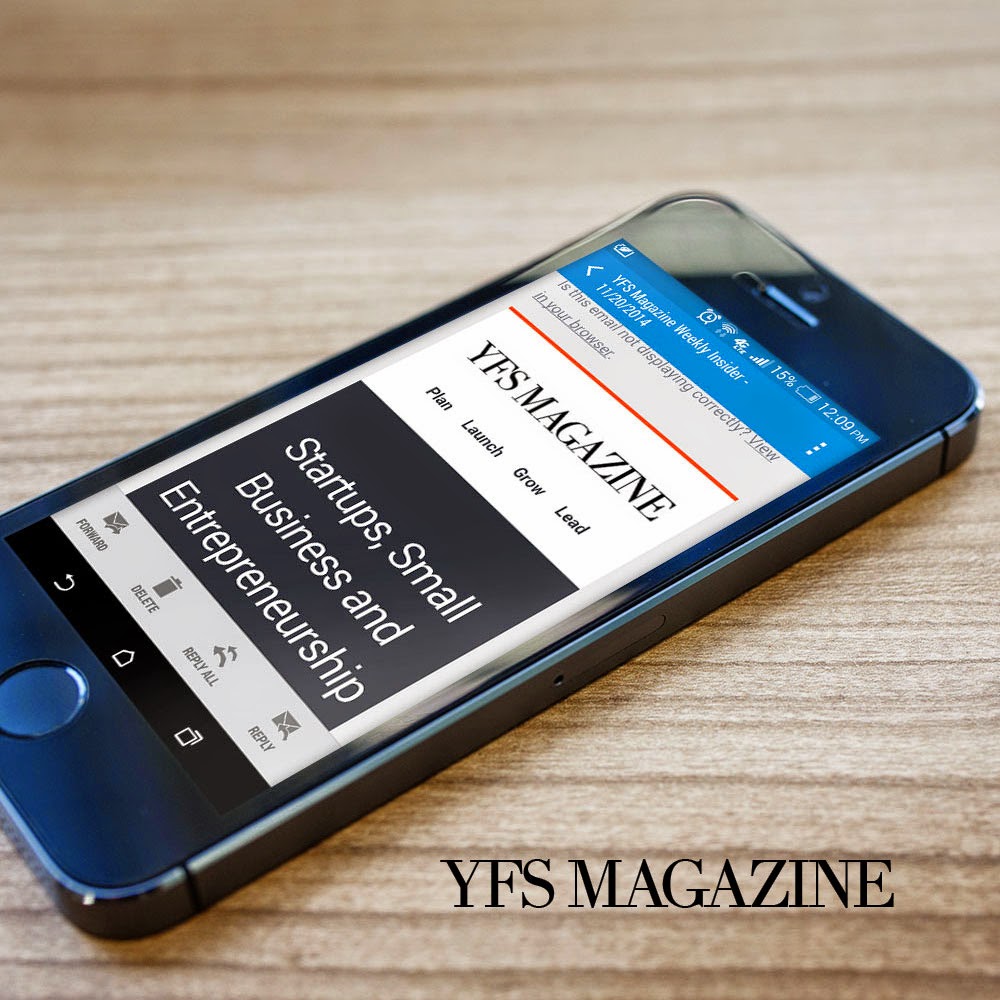Begin by Setting Goals
Set your marketing objectives for 2015 by first determining where you are today and where you want to be at the end of next year. Our email marketing software is a great tool for helping you see the impact improvements such as higher email open and click-through rates, list growth, and increased landing-page conversion rates can have on the success of your email marketing efforts. As you plan your digital marketing strategy for next year, you’ll find this financial-modeling calculator is a quick, easy, and free way to discover opportunities for increasing your email marketing return on investment (ROI).
Tips for Developing an Effective Email Marketing Strategy
Once you’ve established your email marketing goals for 2015, determining where you should focus your time and resources is the next step. Taking into account current industry trends, here are some prime tips for developing your email strategy for 2015:
- Make mobile a top priority. Considering the already large and rapidly growing number of people using mobile devices, a significant portion of your prospects and customers are likely using smartphones and tablets to read your emails. And if your emails aren’t mobile-friendly, you’re likely frustrating your mobile subscribers and at risk of losing their business. So to make sure your emails both look great and are easy to interact with – whether your subscribers are using desktops, laptops, or mobile devices to read your emails – use responsive design. This dynamic display technology automatically adjusts content and image sizes based on a user’s screen. Check out this previous NewsLever article for other key ways to help ensure your emails are mobile-friendly.
- Use automation to create email drip campaigns that nurture prospects and customers. With the availability of today’s automation tools, setting up email drip campaigns is an easy and highly efficient way to nurture prospects and customers, build customer relationships and loyalty, as well as drive sales. When done right, automatic drip email campaigns send the right offers and content at the right time to effectively convert prospects to leads … and leads to customers. If you’re not already using drip marketing, be sure to read our series of articles that cover the basics of email drip marketing, how to use drip email campaigns to drive conversions, and drip campaign best practices.
- Combine content marketing with strong lead-generation tactics. Each year, typical email lists experience attrition as high as 25% due to bounces, unsubscribes, and inactive users. That’s why it’s essential to counter attrition with a strong lead-generation program and a compelling content marketing strategy. Begin by using demographic data and market research collected on your current customers to create marketing personas, which show the character attributes of your company’s ideal customers. Then, based on these personas, craft content that can be used to effectively capture new leads (content provided in return for contact information), as well as nurture prospects through the sales funnel. For example, this content can include email newsletters, blog posts, videos, webinars, and white papers.
- Personalize and customize your content. In other words, use micro-targeting to 1) identify smaller segments of your subscriber list, and 2) use personalization and customization tactics to provide highly relevant marketing communications to each segment. As we pointed out in a previous article, personalization pays off – generating as much as six times higher transaction rates. So for a smarter, more effective spend on email marketing, email list segmentation combined with content that is both personalized and customized for the different segments should be a high priority in your email strategy.
- Integrate your website with email marketing efforts. If customers begin shopping at your website but abandon their shopping carts, do you have a triggered email campaign in place to reach out and reengage them? If not, you’re missing a huge opportunity to recover the sale. The shopping-cart recovery email is just one example of how you can integrate your website with email marketing to help drive conversions. You can also set up triggered emails based on website visits and browsing activity. For additional examples, check out this NewsLever article on triggered emails.
- Implement an email-optimization process. To drive great results from each of your email campaigns requires continuous improvement of all email elements, such as copy, design, calls to action, subject lines, headlines, landing pages, frequency, and time sent. So set up and analyze email optimization tests for each campaign to determine what works best for your target audience. And then be prepared to implement appropriate changes for future email campaigns to help increase the overall performance of your email marketing program.
Feeling overwhelmed with the task of creating your organization’s email road map for 2015? We can help. We’re a data-driven email marketing firm with a proven process for creating and implementing winning email campaign strategies.
Source: http://www.fulcrumtech.net/resources/create-email-marketing-strategy-2015/
Tags: email marketing, email blast, email marketing software, email marketing company, email marketing service, email marketing malaysia


